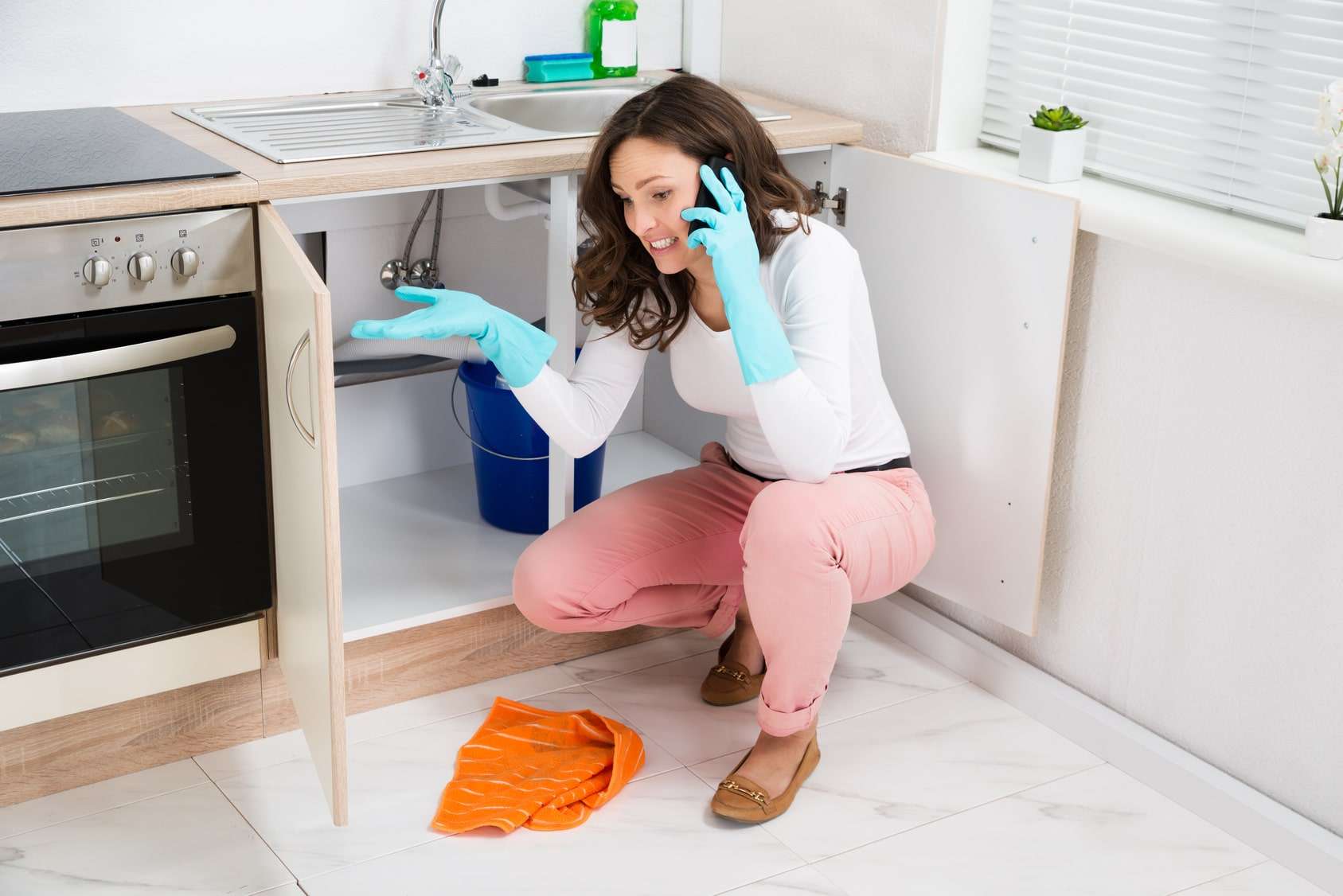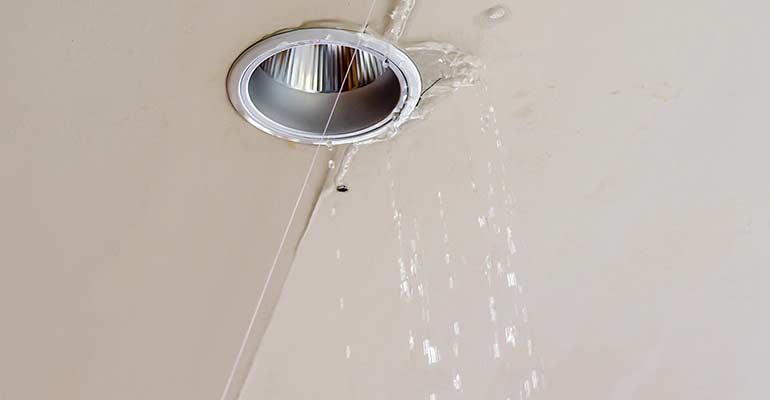Getting to Know What Leads To Water Leakage Are So Common in Your Home
Getting to Know What Leads To Water Leakage Are So Common in Your Home
Blog Article
This great article listed below about How to Find Water Leaks is highly enjoyable. Give it a try and draw your own findings.

Leakages not just create waste of water yet can additionally create unnecessary damage to your house as well as promote unwanted organic growth. Water leakages may go undetected given that many of the pipework in our house is hidden. By looking and also comprehending for day-to-day scenarios that trigger leaks, you can safeguard your home from future leakages as well as unnecessary damage. Today, we will consider 6 leakage triggers that may be triggering your pipes to drip.
Instantaneous temperature level modifications.
Extreme temperature adjustments in our pipelines can cause them to increase as well as contract unexpectedly. This expansion and also contraction may cause cracks in the pipes, especially if the temperature level are below freezing. If you kept an eye on just how your plumbing works, it would certainly be best. The existence of the formerly pointed out circumstances regularly shows a high threat.
Corroded water supply
This might be the cause of discoloration or bending on your water pipes. If our plumbing system is old, consider replacing the pipelines because they are at a greater threat of deterioration than the newer models.
Malfunctioning Pipe Joints
The factor at which your pipelines connect is often the weakest web link in the waterline. Pipeline joints can wear away over time, causing water leakages. However, most of pipeline joints are not conveniently noticeable. If you have noisy pipelines that make ticking or banging noises, especially when the hot water is turned on, your pipeline joints are probably under a lot of stress. It is advisable to have your plumber examine your system once a year.
Elbowing in roots
The majority of water leaks begin outside the home rather than inside it. You could observe wet spots or sinkholes in your lawn, and that could indicate that tree roots are attacking water lines triggering water to seep out.
Poor Water Connectors
Sometimes, a leak can be brought on by loosened hose pipes and also pipes that provide your home appliances. Usually, shifting is what creates the loose water Links. You may locate in the case of a washing maker, a hose might spring a leak because of shaking throughout the spin cycle. In case of a water connections leakage, you may observe water running directly from the supply line or pools around your appliances.
Obstructed Drains
Blocked drains pipes might be aggravating and inconveniencing, however they can occasionally end up triggering an overflow bring about burst pipes. Maintain removing any type of products that might go down your drains that might obstruct them to avoid such troubles.
All the above are sources of leakages however not all water leakages arise from plumbing leakages; some leakages might come from roofing leakages. All leaks ought to be repaired instantly to prevent water damage.
Leakages not just create waste of water but can also cause unnecessary damage to your home and promote unwanted organic development. By understanding as well as looking for day-to-day scenarios that trigger leaks, you can secure your residence from future leaks and unnecessary damage. Today, we will look at six leak causes that may be triggering your pipes to drip.
At times, a leak can be triggered by loose tubes as well as pipes that supply your home appliances. In situation of a water links leak, you might discover water running directly from the supply line or puddles around your devices.
How To Check For Water Leak In Your Home
How To Check for Leaks
The average household's leaks can account for nearly 10,000 gallons of water wasted every year and ten percent of homes have leaks that waste 90 gallons or more per day. Common types of leaks found in the home are worn toilet flappers, dripping faucets, and other leaking valves. These types of leaks are often easy to fix, requiring only a few tools and hardware that can pay for themselves in water savings. Fixing easily corrected household water leaks can save homeowners about 10 percent on their water bills.
To check for leaks in your home, you first need to determine whether you're wasting water and then identify the source of the leak. Here are some tips for finding leaks:
Take a look at your water usage during a colder month, such as January or February. If a family of four exceeds 12,000 gallons per month, there are serious leaks.
Check your water meter before and after a two-hour period when no water is being used. If the meter changes at all, you probably have a leak.
Identify toilet leaks by placing a drop of food coloring in the toilet tank. If any color shows up in the bowl after 10 minutes, you have a leak. (Be sure to flush immediately after the experiment to avoid staining the tank.)
Examine faucet gaskets and pipe fittings for any water on the outside of the pipe to check for surface leaks.
Undetected water leaks can happen without the home or business owner even realizing. If you suspect a water leak, but not able to find the source. It is time to contact a professional water leak detection service, The Leak Doctor.
How To Find a Water Leak In Your Home
https://www.leakdoctor.com/blog/How-To-Check-For-Water-Leak-In-Your-Home_AE197.html

I came across that article about How Fast Water Damage Can Ruin Your Home while doing a lookup on the search engines. Sharing is good. Helping others is fun. Thank-you for your time spent reading it.
Call, we respond! Report this page